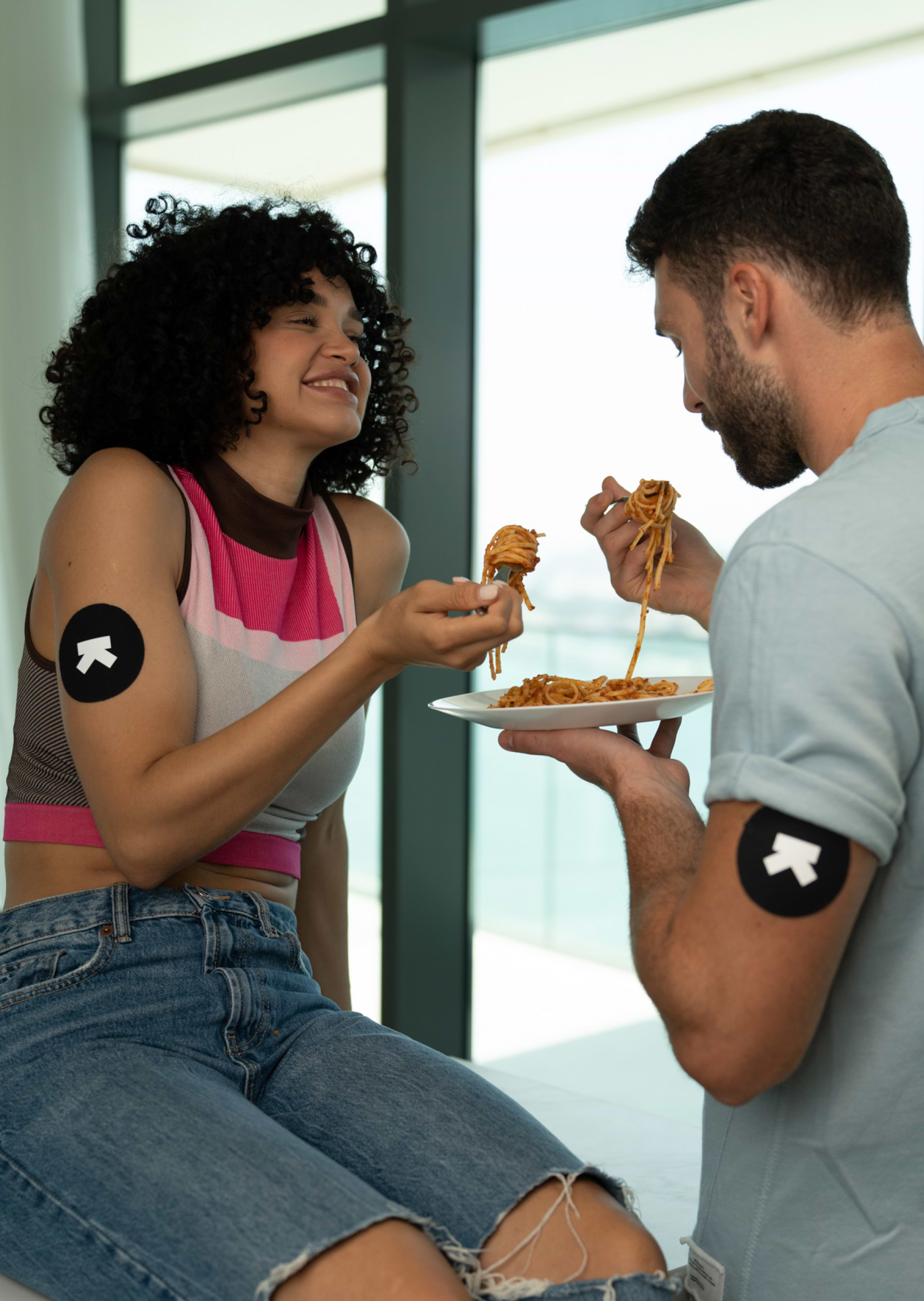
Chicken (100 G) and Broccoli (1 Cup Chopped)
Lunch
122 mg/dL
avg. peak value
Usually causes a small spike
Avg. Food Score on Ultrahuman App
Ultrahuman Users got a STABLE response
How to consume Broccoli, Chicken without glucose spikes
Portion Control
Ensure that the portions of broccoli and chicken are moderate. Eating smaller portions can help manage glucose spikes.
Balanced Meal Composition
Include a source of healthy fats, such as avocados or nuts, in your meal. Fats can slow down the digestion process and help maintain stable blood sugar levels.
Incorporate Fiber
Add a side of high-fiber foods like lentils or quinoa. Fiber slows the absorption of carbohydrates, helping to keep glucose levels steady.
Eat Protein First
Start your meal with the chicken, as consuming protein before carbohydrates can help manage glucose levels more effectively.
Hydration
Drink plenty of water throughout the day. Staying well-hydrated can help your body regulate glucose levels.
Add Vinegar
Consider adding a splash of vinegar, such as apple cider vinegar, to your meal. Some studies suggest it can help in moderating blood sugar levels.
Physical Activity
Engage in light physical activity, like a short walk, after eating. This can assist in reducing post-meal glucose spikes.
Timing of Meals
Try to eat at regular intervals and avoid long gaps between meals to keep glucose levels stable.
Mindful Eating
Eat slowly and chew thoroughly to give your body more time to process the food, which may help in moderating glucose responses.
Monitor Meal Components
Pay attention to any added sauces or marinades on the chicken that may contain sugars or high-carbohydrate ingredients, and try to minimize them.

Find Glucose response for your favourite foods
Explore OGDbDiscover
metabolic
health with M1
Ultrahuman M1 helps you measure the impact of food and activity on your body in real time through glucose as a biomarker.
Explore Ultrahuman M1Your cart is empty
Browse through our products and find something for you.

The concept of using CGM to guide your training and food plan is brilliant. The app is also very well laid out.
Rakannan - user since Jul 2021

I didn't follow any fancy diet, yet managed to educate myself around food, and built a sustainable & healthy lifestyle.
Athif Hasan - user since Sep 2021

Ultrahuman M1 has done what meal plans and diets have failed to do; make me better without all the restrictions.
Anwar Shai - user since Jun 2021
10% off on your first purchase
Subscribe to our WhatsApp for the latest updates and offers, and enjoy 10% off on your first purchase.